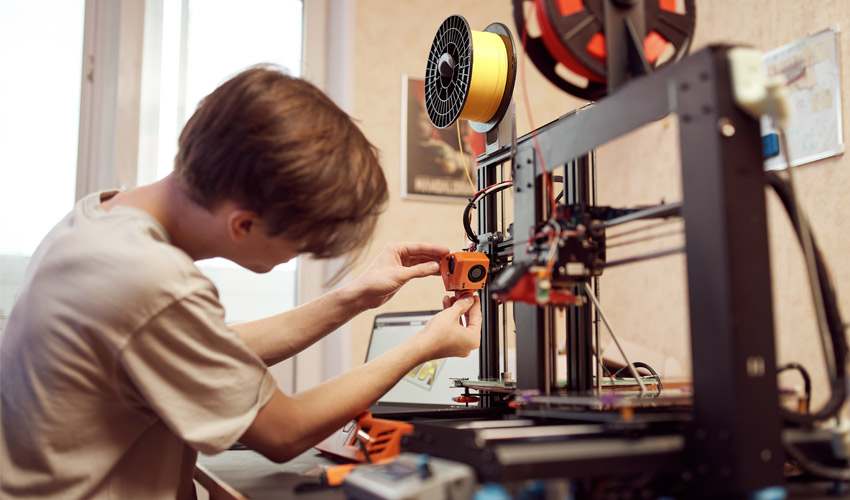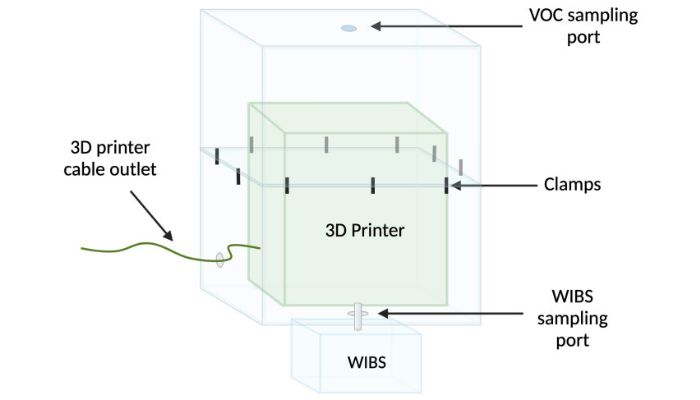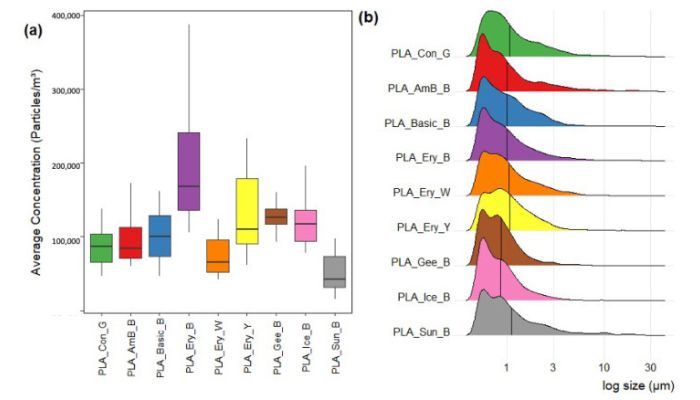Could 3D Printing at Home Be Detrimental to Health?

Since the early 2000s, when the RepRap movement took off, 3D printing has gained commercial success worldwide. Though of course much of the market is dedicated to industrial additive marketing, cheaper desktop 3D printers designed for hobbyists have also grown in popularity, especially since COVID-19. In 2022 the global desktop 3D printing market size was estimated to be worth $3.96B according to Grand View Research. And is only expected to grow rapidly in coming years, especially in countries like China, where cheap 3D printer manufacturers with solutions designed for home users are widespread. But is it actually good for users’ health to be 3D printing at home? Researchers at Dublin City University say maybe not.
These findings come from a recent study titled “Characterization of Volatile and Particulate Emmissions from Desktop 3D Printers” which was published by Melissa Finnegan, Collen Lee Thach, Shirin Khaki, Emma Markey, David J. O’Conner, Alan F. Smeaton and Aoife Morrin. These researchers were interested in indoor air pollution and emissions released indoors, given that we do spend the majority of our lives inside our homes. A part of this was looking into the emissions that consumer devices like 3D printers were releasing into that environment.

A schematic of the 3D printer with the VOC sampling and the sampling ports, which together was used to collect the particle samples (image credits: Finnegan M, Thach CL, Khaki S, Markey E, O’Connor DJ, Smeaton AF, Morrin A 2023)
Exploring the Impact of 3D Printing on User Health
To do this, the researchers decided to look into the emissions while 3D printing of volatile organic compounds (VOCs) and particulates, as concerns regarding health and safety for both have arisen in recent years. Notably, they took a look at the safety aspects of 3D printing PLA and ABS filaments, meaning they only studied FDM 3D printers. This was done by using gas chromatography-mass spectrometry (GC-MS) to profile VOC emissions and attaching a particle analyzer (WIBS) to the printer to quantify and characterize particulate emissions.
According to the abstract of the study, the research confirmed that “3D printing processes release a wide range of VOCs, including straight and branched alkanes, benzenes, and aldehydes. Emission profiles depend on filament type but also, importantly, the brand of filament. The size, shape, and fluorescent characteristics of particle emissions were characterized for PLA-based printing emissions and found to vary depending on the filament employed.”

(a) Total average minute particle count and (b) particle density size distribution (black line illustrates mean particle size and y-axis is density) per filament type (image credits: Finnegan M, Thach CL, Khaki S, Markey E, O’Connor DJ, Smeaton AF, Morrin A 2023)
In short, the researchers found that it was necessary to implement safety measures such as improved ventilation and careful brand selection in all 3D printing environments. Moreover, though these results relate to all 3D printers, industrial or not, Dr. Morrin explained the difference when it comes to cheaper, at-home 3D printers, noting, “In an industry setting, there will be enclosures, ventilators in the room and the emissions will be monitored. When we bring them into the home – these printers cost about €200 or so – and these come without any of that enclosure, ventilation and are typically operated in less ventilated environments. The best thing you have is a window which may or may not be open.”
However, it needs to be said that the researchers have urged that they are not trying to turn anyone off of 3D printing. Rather, they believe that awareness is key, especially when it comes to novices to the technology with cheap printers that come with fewer safety features, such as an enclosure or built-in ventilation. Dr. Morrin also notes in a recent interview with the Irish Independent that just opening a window or wearing a mask are effective measures against 3D printer emissions in the home that may be dangerous to users.
You can learn more in the Dublin City University study HERE. What do you think of this report? What measures do you have in place to protect your health when it comes to 3D printing emissions? Let us know in a comment below or on our LinkedIn, Facebook, and Twitter pages! Don’t forget to sign up for our free weekly Newsletter here, the latest 3D printing news straight to your inbox! You can also find all our videos on our YouTube channel.







That idea is intriguing! Reusing plastic trash through 3D printing adds value to otherwise waste items. It also promotes sustainability and environmental protection.